Who Made The First Train In The World?
In the present scenario the trains are no less successful in comparison to other modes of transport, rather they are serving people in various different forms like, trams, subway electric train, high speed bullet trains, distance trains, etc.
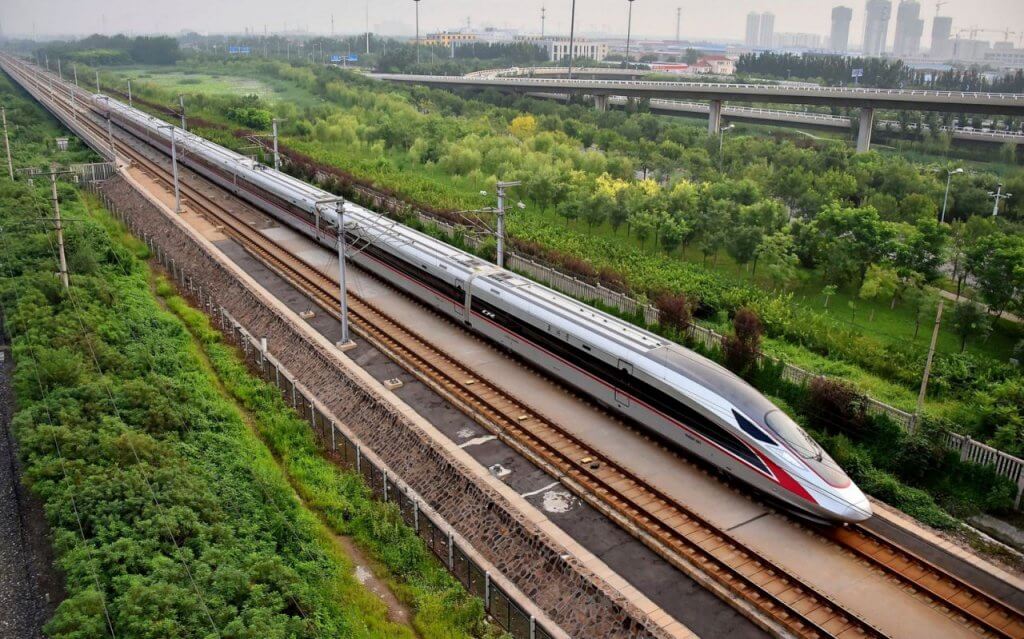
Have you ever wondered that the trains which we take so much for granted now, were not even present at one point of time?
Did you ever ponder upon the fact that how and who invented the first train? These questions just cross away our mind once in a while and then we tend to forget about them.
But for all those curios souls and history lovers who really wish to know about how things originated, evolved and reached their present state, you have arrived at the right place because here we will enclose the numerous hard and genuine efforts taken by many people.
In contrast to the present high-speed engines, during past times the history of trains began with much simple designs with slow run rate.
Before the steam engines came into the scenario, during the ancient civilisations of Egypt, industrial Europe and Greece goods were transferred by using horses as a source of driving simple train cars.
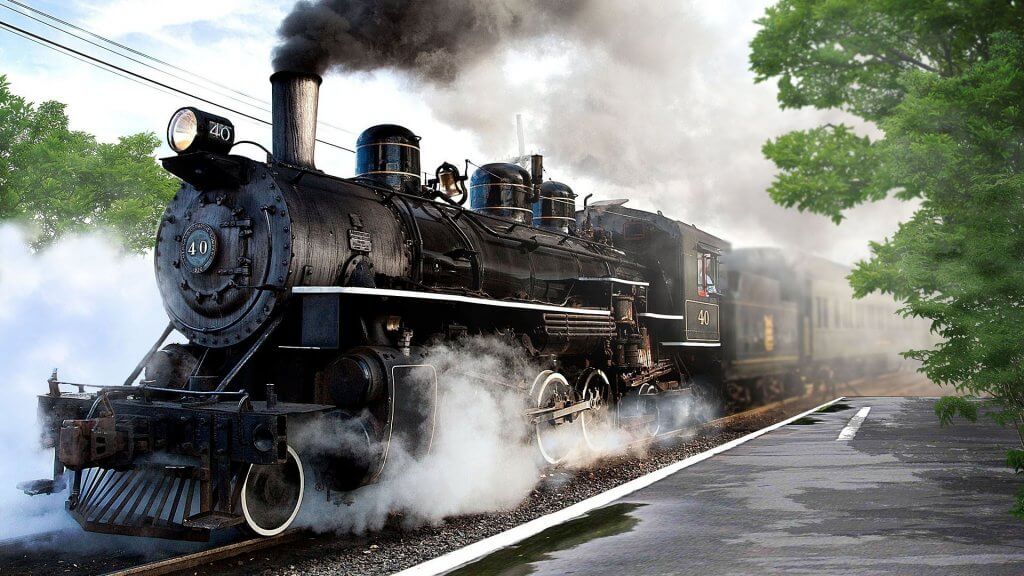
If you want to know more then, continue reading and submerge yourself in the remarkable train history!
Must Read : 15 Most Expensive Trains in the World?
How The Idea Of Train Came Into Being?
An efficient way of transportation of people as well as goods was something that was researched over since a long time by many inventors.
Though not as efficient as the present trains but many small-small inventions like introduction of electricity, industrial manufacturing and influx of inventors ultimately lead to the development of one of the most important modern-day industries- the train industry.
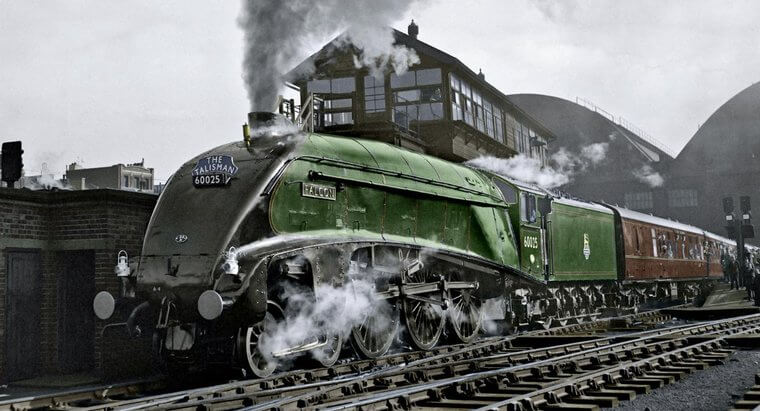
The creation of train is neither a work done in one day or short period of time nor a work done by a single person, rather it is a result of collective efforts done by many people spanning over many generations.
Pinpointing the person who created the first example of modern trains is quite easy but dating back to find the exact people who initially gave the basic ideas of train transport which eventually lead to the formation of first working train is much difficult.
Though not functioning to the full potential and lacking in terms of steam, electrical power and gas, but many examples of simple trains can be traced back in the past across Europe much before the arrival of modern train.
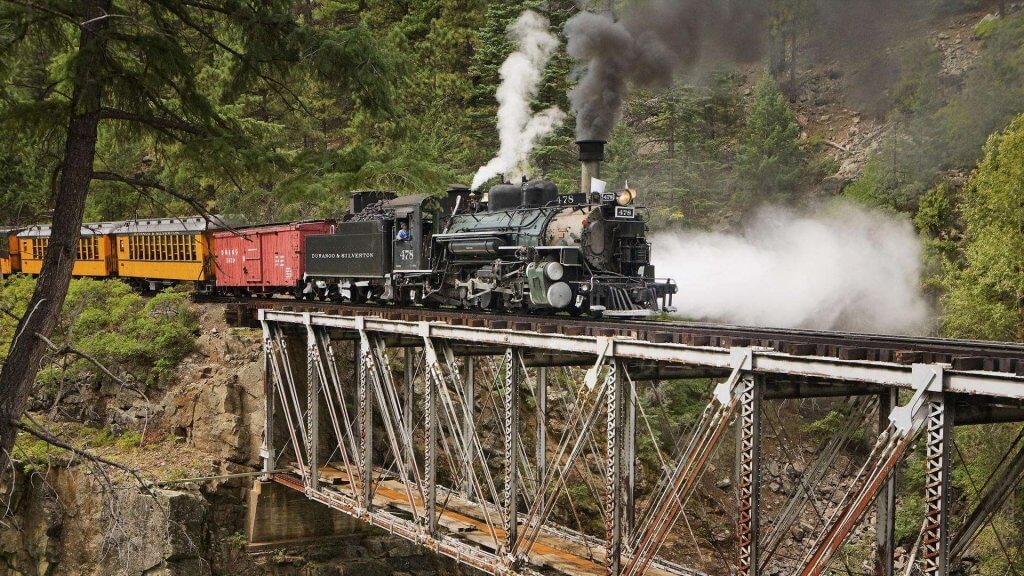
Take a Luxury train ride in India
Let’s Study The Train Journey!
The first simple “wagonway” train that was seen dates back to the first and second millennia BC. For the successful functioning of these trains Babyulonians, Assyrians and Persians built roads with certain wheel-ruts which deliberately cut into rock.
This road configuration allowed an easy transportation of wagons pulled by horses and bulls without the need of controlling their trajectory or steering them.
Adopting the similar strategy, many civilisations started developing such wagonways for connecting their main cities to the nearby trading posts and pilgrim places. Using the same idea as a wagonway train, Greeks were able to build a really good wagonway, “Diolkos” approximately around 600 BC which some people today consider as the first railway in the entire train and railway history.
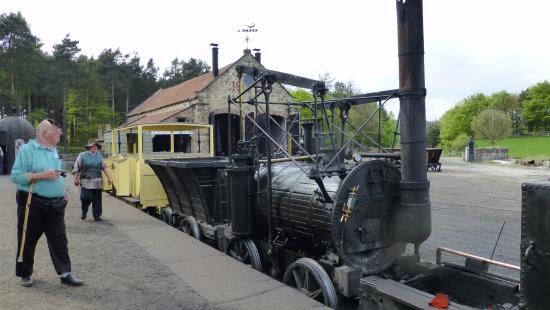
But as the Greece rule started to fall, so disappeared the wagonways from Europe. It was not until the 16th century, during the time of Renaissance when they were brought back as a result of the need of the hour because of increased trading activities.
Though in comparison to road travels, wagonways pulled by horses provided a much faster and secure transportation but industrialists and the inventors were still dissatisfied and wanted some faster and more automated ways of transportation of goods.
However, even after several efforts only small advances could be made in the wagonways which produced streamlined travel but there were no exceptional changes.
Also Read : List of Luxury Trains in the World
The Final Piece of the Train Journey Puzzle!
The revolutionary change in the prevailing scenario of trains finally came in the 17th century, precisely in the year 1968 when Thomas Savery introduced the first stationary steam engine.
Though this invention was quite simple and low in terms of power but it was a great step in the train history. Even after this stationary steam engine was invented, a proper functioning steam engine took nearly about more than 60 years to be considered useful for powering trains.
To be more exact, this long-awaited moment came in the year 1763 when after taking in the designs of Thomas Savery and Thomas Newcomen, James Watt invented crankshaft which could convert the power of steam into circular motion, ultimately leading to the functioning of trains.
This concept which finally allowed motion to take place, allowed many inventors all over the world to adapt steam engine into machines which could eventually be used to power trains, cars and boats of all sizes and types.
Some of the other important events that took place in the train involvement process include the invention of the first locomotive powered by steam by Matthew Murray, popularisation of the train series by showcasing it in London by Richard Trevithick, the trains transporting coal getting popular by the efforts of George Stephenson and the creation of the first high pressure steam engine by Oliver Evans which later became an important part of all the other steam trains.
Isn’t the train history totally remarkable and motivating? Share your views with us too!
Also Read :











